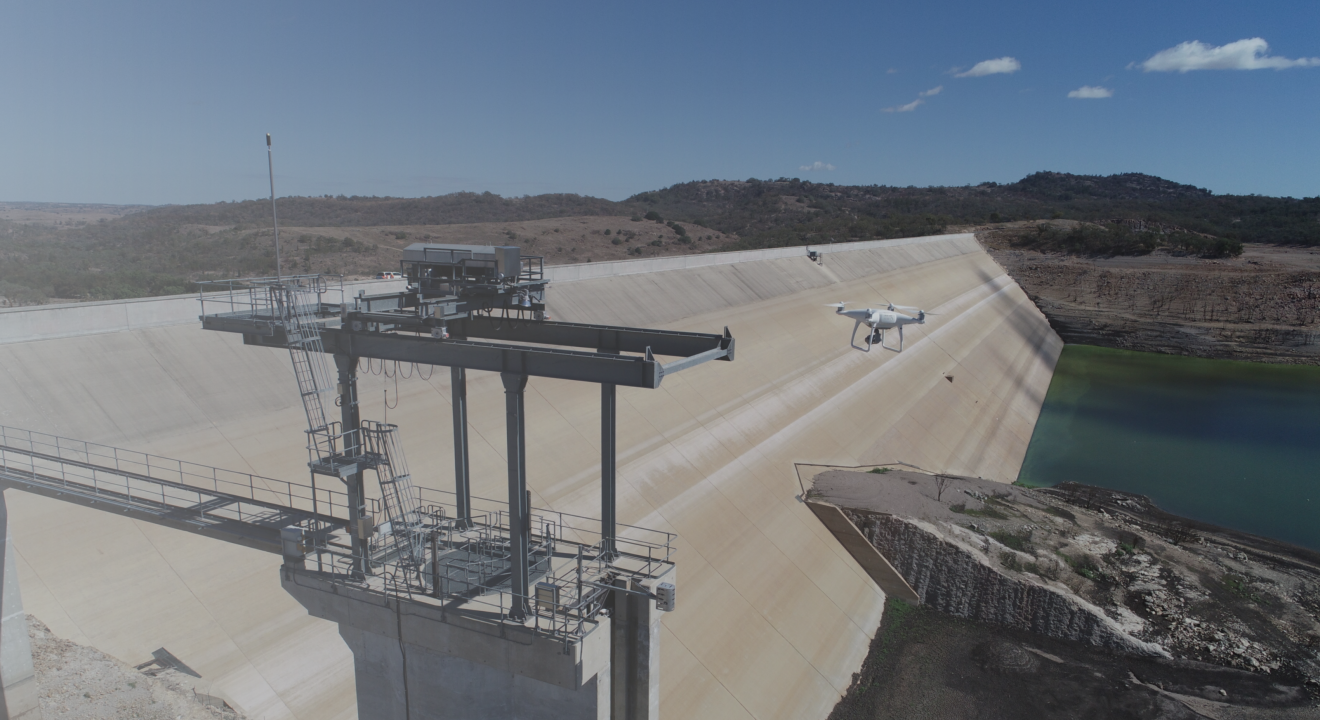Hydro.org explains that with an average life expectancy of more than 53 years, there are over 94,000 dams in the U.S. These dams offer sufficient water for irrigation, ensure flood mitigation, recreational activities, improved quality of water, and in some cases, sustainable, fuel electricity generation when coupled with hydropower producing equipment.
The importance of inspecting these dams and other critical infrastructure cannot be understated. Regularly inspecting critical infrastructure is essential for ensuring the safety of citizens and the environment. This is especially pertinent when it comes to dams and other large-scale infrastructure projects. Dams that are not properly maintained can collapse, leading to injury, death, and property damage. In order to reduce the risk of a catastrophic failure or other damages, it’s important to regularly inspect these structures. In recent years, drone operations have become a popular method for performing these inspections.
The Basics of Drone Technology & Its Use for Infrastructure Inspections
Drones can be used to inspect dams and other critical infrastructure in a safe and efficient manner. By using drones, inspectors can remotely observe and assess the structure, which can be especially useful for large and complex structures.
They are typically equipped with cameras and sensors that allow operators to capture high-resolution images and data. This technology is incredibly useful for inspecting infrastructure projects such as dams and bridges. Drones can fly over and around these structures and capture detailed images and data that can be used to assess their condition and identify any potential problems.
Additionally, drone controls can be used to survey inaccessible areas of the structure that would otherwise be difficult or dangerous to inspect. With the help of drone operations, inspectors can quickly identify any problems or hazards and take action to address them before any injury or damage occurs.
Benefits of Utilizing Drones for Infrastructure Inspections
Using drones for infrastructure inspections offers a number of benefits.
Speed and efficiency: It’s a much faster and more efficient process than traditional methods. Drones can cover larger areas in less time, which allows engineers to quickly identify any potential problems before they become major issues.
Improved safety: Drone operations are much safer than sending workers out to manually inspect these structures.
Cost savings: Another benefit of using drones for infrastructure inspections is that it can save both time and money. By reducing the amount of time spent on manual inspections, drone automation can reduce labor costs and allow engineers to focus their resources on other tasks.
Enhanced accuracy: Drones provide enhanced accuracy compared to manual inspections. They can detect even small issues that might otherwise be missed by workers. This allows engineers to quickly identify and address any problems with the infrastructure.
Case Studies: Examples of Successful Drone Inspections of Dams & Other Critical Infrastructure
Electricity is supplied to Seattle via the Diablo Dam, which is managed by Seattle City Light. They recently added drone assessments to standard dam safety evaluations by utilizing contemporary surveillance drones.
A two-hour flight to the embankment dam, and floodgates, generated more than 80 million data points, demonstrating the efficacy of the drone inspections. A 3-D model was produced to represent the UAVs’ assessment using this data. The high-resolution simulation model of the embankment was created using the data gathered by the drone, and it has been utilized to find probable surficial fractures. The data gathered by drones is being employed in conjunction with AI and machine learning techniques to “train” drones to consistently recognize damage.
The Future of Drones & Dams: What’s Next?
As drone technology continues to advance, it will become even more useful for inspecting critical infrastructure projects such as dams and bridges. Automation technology is already being used to streamline drone operations, allowing them to cover larger areas in less time while also reducing the risk of human error. Additionally, advances in artificial intelligence (AI) are allowing drones to make more accurate assessments of infrastructure projects without human input.
Conclusion: The Need for Drone Technology in Infrastructure Inspections
Inspecting critical infrastructure is essential for keeping citizens and the environment safe from potential disasters. Drones have become an invaluable tool for performing these inspections quickly and safely. Drone technology is quickly becoming a powerful tool for evaluating the well-being of large-scale projects, such as dams. With continued progress in this area, drones promise to revolutionize how we inspect and maintain these vital structures. The future of drone automation and dams looks bright, and it’s clear that this technology will play an important role in keeping our world safe and secure.
To read more about SkyGrid’s efforts to dive deeper into dam assessment using drone automation, visit us here.


